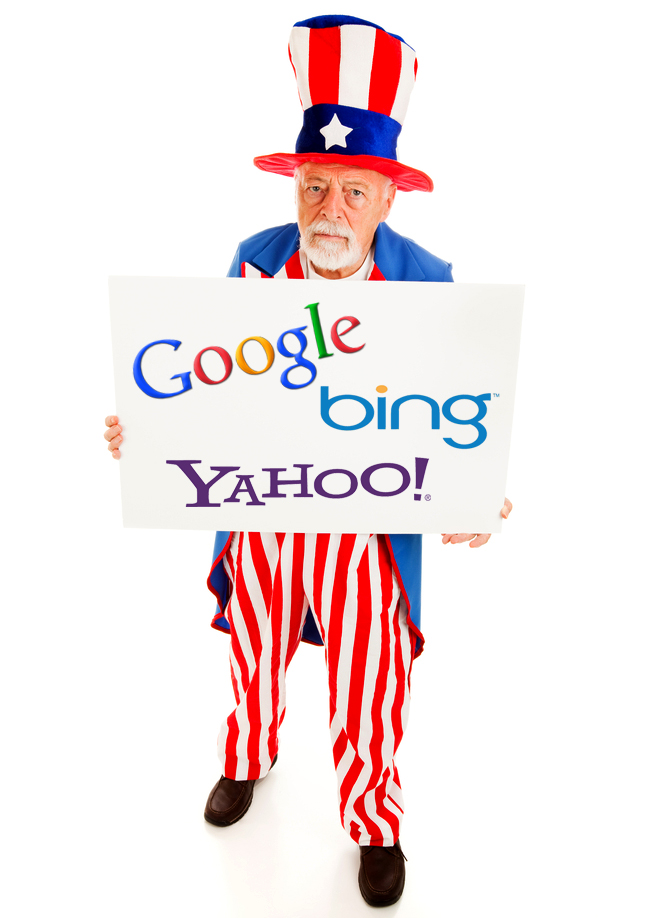 We take for granted that we can go to a search engine and get search results without pulling out a credit card. However, nothing in life is free -- including search results. When you visit most search engines, advertisements pay for your experience. While there is nothing wrong with using advertising to finance search engines, the FTC has warned that the line between advertisements and search results has become muddied. And so, it has sent a letter to Google, Bing, Yahoo plus several smaller search engine companies.
We take for granted that we can go to a search engine and get search results without pulling out a credit card. However, nothing in life is free -- including search results. When you visit most search engines, advertisements pay for your experience. While there is nothing wrong with using advertising to finance search engines, the FTC has warned that the line between advertisements and search results has become muddied. And so, it has sent a letter to Google, Bing, Yahoo plus several smaller search engine companies.
The FTC says “In recent years, the features traditional search engines use to differentiate advertising from natural search results have become less noticeable to consumers, especially for advertising located immediately above the natural results ('top ads')”. In other words, the advertisements listed on the top of the page, before the search results, can be confusing to users.
According to the FTC letter, an online survey was conducted which revealed that almost half of search engine users could not distinguish these ads from search engine results. These results are surprising, seeing that the 3 major search engines label these advertisements with an "Ads" heading. However, The FTC has made some suggestions as to how to make the ads more apparent -- visual cues and text labels.
For visual cues, the agency says:
We have observed that, increasingly, search engines have introduced background shading that is significantly less visible or "luminous" and that consumers may not be able to detect on many computer monitors or mobile devices. Reliance on this method to distinguish advertising results requires that search engines select hues of sufficient luminosity to account for varying monitor types, technology settings, and lighting conditions. Accordingly, we recommend that in distinguishing any top ads or other advertising results integrated into the natural search results, search engines should use: (1) more prominent shading that has a clear outline; (2) a prominent border that distinctly sets off advertising from the natural search results; or (3) both prominent.
For text labels, it says:
In addition to the visual cues a search engine may use to distinguish advertising, it also should have a text label that: (1) uses language that explicitly and unambiguously conveys if a search result is advertising; (2) is large and visible enough for consumers to notice it; and (3) is located near the search result (or group of search results) that it qualifies and where consumers will see it.
While the FTC suggestions are appreciated, they are far too vague. Language such as "large and visible enough", "located near the search result" and "more prominent" is entirely subjective. Subjective language overall has no value and in this case has the opposite of the desired effect -- it makes it easier for search engine companies to muddy the waters while pointing to the letter.
Photo Credit: Lisa F. Young/Shutterstock

